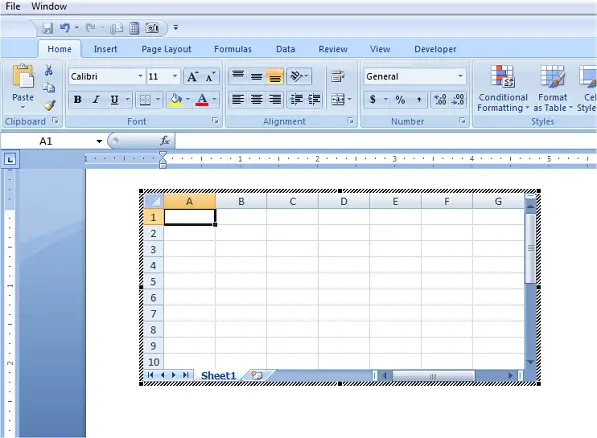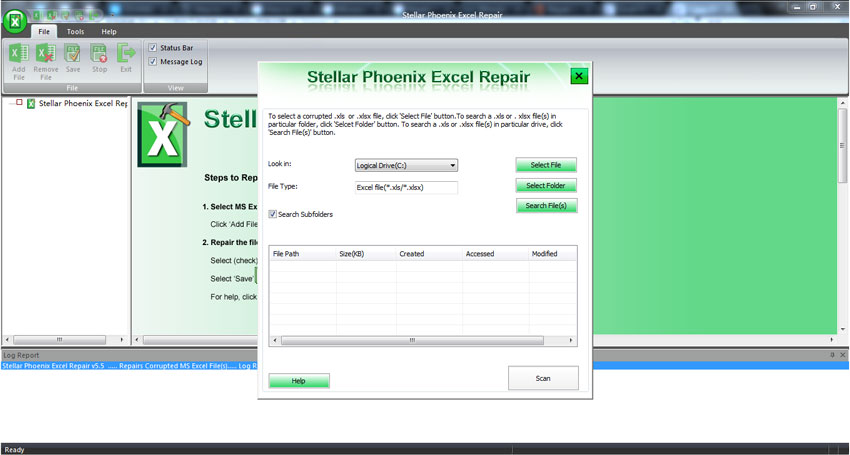This article describes the formula syntax and usage of the COVARIANCE.S function in Microsoft Excel.
Returns the sample covariance, the average of the products of deviations for each data point pair in two data sets.
Syntax
How To: Why Does Everything Look Blurry In The Office 2016 Apps? Article ID: 7796 Note: Please bookmark the page by pressing Ctrl+D in case the resolution steps require you to restart your system. The Fuzzy Lookup Add-In for Excel performs fuzzy matching of textual data in Excel. The Fuzzy Lookup Add-In for Excel was developed by Microsoft Research and performs fuzzy matching of textual data in Microsoft Excel. It can be used to identify fuzzy duplicate rows within a. The Fuzzy Lookup Add-In for Excel was developed by Microsoft Research and performs fuzzy matching of textual data in Microsoft Excel. It can be used to identify fuzzy duplicate rows within a single table or to fuzzy join similar rows between two different tables.
COVARIANCE.S(array1,array2)
The COVARIANCE.S function syntax has the following arguments:
Array1 Required. The first cell range of integers.
Array2 Required. The second cell range of integers.

Remarks
The arguments must either be numbers or be names, arrays, or references that contain numbers.
If an array or reference argument contains text, logical values, or empty cells, those values are ignored; however, cells with the value zero are included.
If array1 and array2 have different numbers of data points, COVARIANCE.S returns the #N/A error value.
If either array1 or array2 is empty or contains only 1 data point each, COVARIANCE.S returns the #DIV/0! error value.
Example
Copy the example data in the following table, and paste it in cell A1 of a new Excel worksheet. For formulas to show results, select them, press F2, and then press Enter. If you need to, you can adjust the column widths to see all the data.
Formula | Description | Result |
|---|---|---|
=COVARIANCE.S({2,4,8},{5,11,12}) | Sample covariance for the data points entered as an array in the function. | 9.666666667 |
2 | 5 | |
4 | 11 | |
8 | 12 | |
Formula | Description | Result |
=COVARIANCE.S(A3:A5,B3:B5) | Sample covariance for the identical data points, but entered as cell ranges in the function. | 9.666666667 |
Note

Office 365 ProPlus is being renamed to Microsoft 365 Apps for enterprise. For more information about this change, read this blog post.
Symptoms
When you use Microsoft Office programs, you notice that visual features differ from one computer to another. For example, you see animations in Excel when you scroll through a worksheet on one computer, but you do not see the same animations on another computer.
Additionally, you may experience one or more of the following symptoms that reduce the functionality of an Office program:
- An Office program is blurry.
- Your screen flickers or flashes.
- An Office program is either mostly all white or all black.
- Text in your document is not displayed well.
- Your Office program crashes.
- The performance of an Office program (other than startup and shutdown) is reduced.
- In Microsoft Lync, there may be video delays or slowness when you are on a video call.
Cause
You may experience these symptoms if you have a video configuration on your computer that is incompatible with the Office feature set that is responsible for displaying the application and for animations in the application.
Office 2013 and later versions use a more efficient and accelerated method to draw the Office UI and the content. This includes relying on hardware acceleration, which is managed through the operating system. The hardware acceleration function of the operating system relies on up-to-date and compatible display drivers.
Note Hardware acceleration that uses the video card is always disabled when Office is running in a Remote Desktop session, and also when the application is started in safe mode.
Resolution
The resolution varies depending on your version of Windows and the symptom you are experiencing.
For the symptom: Poorly Displayed Text in Office Documents
If your symptom is 'Poorly Displayed Text in Office Documents,' try the following solutions first. Otherwise, skip to the next section titled All Other Symptoms.
Step 1: Use the 'ClearType Text Tuner' Setting
- Search for ClearType.
- Select Adjust ClearType Text.
- In the ClearType Text Tuner, enable the Turn on ClearType option, and then click Next.
- Tune your monitor by following the steps in the ClearType Text Tuner, and then click Finish.
If you are still experiencing a problem after you adjust the ClearType settings, go to Step 2.
Step 2: Disable the Sub-Pixel Positioning Feature
Word 2016 and Word 2013 use sub-pixel text rendering by default. While this provides optimal spacing, you may prefer the appearance of pixel-snapped text for a minor improvement in contrast. To disable the sub-pixel positioning feature in Word 2016 or Word 2013, follow these steps.
- On the File tab, click Options.
- Click Advanced.
- Under the Display group, clear the Use the subpixel positioning to smooth fonts on screen option.
- Click OK.
If you are still experiencing a problem after you turn off the sub-pixel text rendering setting, re-enable the Use the subpixel positioning to smooth fonts on screen setting, and then go to Step 3.
Step 3: On Windows 7 clients, install the Windows 8 Inter-operatibility Pack
If you are using Windows10, Windows 8.1 or Windows 8, skip this section and go to the steps under the For All Other Symptoms section.
If you are using Windows 7, install the update for improving video-related components that is available in the following Knowledge Base article:
2670838 Platform update for Windows 7 SP1 and Windows Server 2008 R2 SP1
If the previous steps did not resolve the 'Poorly Displayed Text in Office Documents' symptom, continue to troubleshoot your issue by using the steps in the next section.
For all other symptoms
Update your video driver
The best way to update your video driver is to run Windows Update to see whether a newer driver is available for your computer.
To run Windows Update based on your version of Windows, follow these steps:

Windows 10, Windows 8.1 and Windows 8
Blurry Excel Microsoft 10
- On the Start Screen, click Settings on the Charms Bar.
- Click Change PC Settings.
- In the PC settings app, click Windows Update.
- Click Check for updates now.
- If updates are available, click the driver that you want to install, and then click Install.
Windows 7
- Click Start.
- Type Windows Update in the Search programs and files box.
- In the search results, click Check for updates.
- If updates are available, click the driver that you want to install, and then click Install.
If your video-related problems in Office were fixed by when you updated your video driver, you do not have to take any further steps. Go to step 2 if updating the video driver does not fix the problems.
Note
Video card manufacturers frequently release updates to their drivers to improve performance or to fix compatibility issues with new programs.If you do not find an updated video driver for your computer through Windows Update and must have the latest driver for your video card, go to the support or download section of your video card manufacturer's website for information about how to download and install the newest driver.
More Information
Automatic disabling of hardware acceleration for some video cards
By default, hardware acceleration is automatically disabled in Office programs if certain video card and video card driver combinations are detected when you start an Office program. If hardware acceleration is automatically disabled by the program, nothing indicates that this change occurred. However, if you update your video card driver and it is more compatible with Office, hardware acceleration is automatically reenabled.
The list of video card/video driver combinations that trigger this automatic disabling of hardware graphics acceleration is not documented because the list is hard-coded in the Office programs and will be constantly changing as we discover additional video combinations that cause problems in Office programs. Therefore, if you do not see the same animation functionality on one computer that you see on another computer, we recommend that you update your video driver by using the instructions provided in the 'Update your video driver' section. If you still do not see the expected animation on your computer, update your video driver again soon. Microsoft is working with the major video card manufacturers on this issue, and these video card manufacturers will be releasing new video drivers as such drivers are developed.
Microsoft Excel Blurry Mac Pro
Note
Free Microsoft Excel For Mac
If two computers have the same video card/video driver combinations, you may still see a difference in the Office animation features between the two computers if one computer is running Windows 7 and the other computer is running Windows 8. On a computer that is running Windows 7, animations in Office are disabled if the video card/video driver combination appears on the incompatibility list. However, the same video combination on Windows 8 does not have animations disabled because of the improved video capabilities in Windows 8.